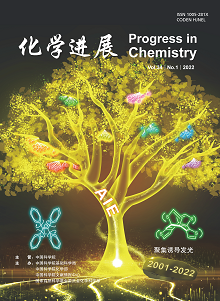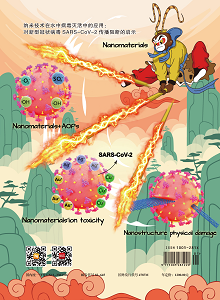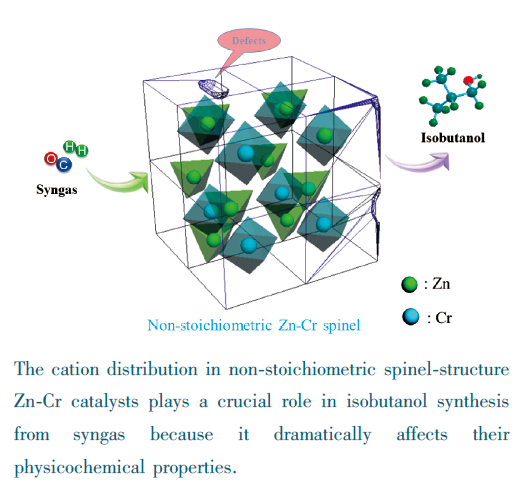Pengbo Han, He Xu, Zhongfu An, Zheyi Cai, Zhengxu Cai, Hui Chao, Biao Chen, Ming Chen, Yu Chen, Zhenguo Chi, Shuting Dai, Dan Ding, Yuping Dong, Zhiyuan Gao, Weijiang Guan, Zikai He, Jingjing Hu, Rong Hu, Yixiong Hu, Qiuyi Huang, Miaomiao Kang, Danxia Li, Jisen Li, Shuzhen Li, Wenlang Li, Zhen Li, Xinlin Lin, Huaying Liu, Peiying Liu, Xiaoding Lou, Chao Lu, Dongge Ma, Hanlin Ou, Juan Ouyang, Qian Peng, Jun Qian, Anjun Qin, Jiamin Qu, Jianbing Shi, Zhigang Shuai, Lihe Sun, Rui Tian, Wenjing Tian, Bin Tong, Huiliang Wang, Dong Wang, He Wang, Tao Wang, Xiao Wang, Yucheng Wang, Shuizhu Wu, Fan Xia, Yujun Xie, Kai Xiong, Bin Xu, Dongpeng Yan, Haibo Yang, Qingzheng Yang, Zhiyong Yang, Lizhen Yuan, Wangzhang Yuan, Shuangquan Zang, Fang Zeng, Jiajie Zeng, Zhuo Zeng, Guoqing Zhang, Xiaoyan Zhang, Xuepeng Zhang, Yi Zhang, Yufan Zhang, Zhijun Zhang, Juan Zhao, Zheng Zhao, Zihao Zhao, Zujin Zhao, Ben Zhong Tang. Aggregation-Induced Emission[J]. Progress in Chemistry, 2022, 34(1): 1-130.
Aggregation-induced emission (AIE), conceptually coined by Prof. Ben Zhong Tang in 2001, refers to a unique photophysical phenomenon non- or weakly emissive luminogens in dilute solutions emit intensely upon aggregation. AIE can solve the aggregation-caused quenching problem that traditional fluorophores are suffering from and hold great technological values for practical applications. The past 20 years have witnessed the rapid development of AIE research, from the restriction of intramolecular rotations to restriction of intramolecular motions, and from AIE to aggregate science, and many original results have been achieved. In this review, we summarize the advances in the field of AIE and its related areas. We specifically discuss the recent progress in AIE area, including material classification, mechanism, concept derivation, property, applications, and challenges. It is hoped that this review will inspire more research into the molecular aggregate level and make significant advances in materials, chemistry and biological sciences.
1 Introduction
2 AIE systems
2.1 Small molecular AIEgens
2.2 AIE cocrystals
2.3 AIE polymers
2.4 Metal-complex AIEgens
3 Working mechanisms
3.1 J-Aggregate
3.2 Restriction of intramolecular motions (RIM)
3.3 Blockage of nonradiative decay
3.4 Aggregation-induced radiative decays
4 The research branches of AIE
4.1 Room-temperature phosphorescence
4.2 Nonconventional luminophores
5 Mechano-stimulated responsive AIE materials
5.1 Mechanochromic luminescent
5.2 Mechanoluminescence
5.3 Other stimuli responses
6 Technological applications
6.1 Microscale dispersion evaluation of organic-inorganic composites
6.2 Organic light-emitting diodes (OLEDs)
6.3 Biological fields
7 Conclusions and outlooks


















